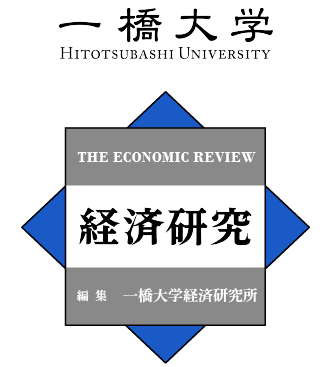Oct. 25, 2020
生産性分析における労働投入の測定 --派遣労働市場からの知見--
Measurement of Labor Input in the Productivity Analysis: Insights from Temporary Help Agency Workers' Labor Market
要旨Abstract
生産性分析において労働投入の異質性をとらえるため賃金を用い労働投入の効率単位をとらえることが行われる.しかしながら労働の限界生産物価値と賃金は労働・財市場の競争環境に応じて系統的に乖離しうる.本論文では労働の限界生産物価値の代理指標である派遣料金と派遣労働者に支払われる賃金の双方が観察可能な派遣労働市場を例にして,市場の競争環境が労働の限界生産物価値と賃金の乖離に与える影響を分析した.厚生労働省による労働者派遣事業報告書の事業所レベル個票(2010-2014)を用いた分析は,地方の都道府県において市場集中度が高くなる傾向があり,派遣料金と賃金の差額が大きくなる傾向があることを示した.様々な特定化の下で推定を行っても,推定結果は頑健であり,生産性分析にあたり賃金を用いて労働投入の効率性単位をとらえようとする際には市場の競争環境を考慮する必要があることが示された.
To capture labor heterogeneity in productivity analysis, wage is used as a proxy variable for the efficiency unit of labor input. However, the marginal product of labor and wages could systematically diverge depending on the degree of competition in product and labor markets. Along these lines, this study examines the gap between the marginal product of labor, approximated by the fee charged by a temporary help agency, and wages paid to workers, drawn from administrative data compiled by the Temporary Help Agency of Japan. The analysis of establishment-level micro data reveals that the market is concentrated, and the gap between fees and wages is the largest in rural areas. Against several specifications, the estimation results are robust, indicating that people need to pay attention to the degree of market competition in productivity analysis.
書誌情報Bibliographic information
Vol. 69, No. 4, 2018 , pp. 328-345
HERMES-IR(一橋大学機関リポジトリ): https://hdl.handle.net/10086/29641
JEL Classification Codes: J24, J42
